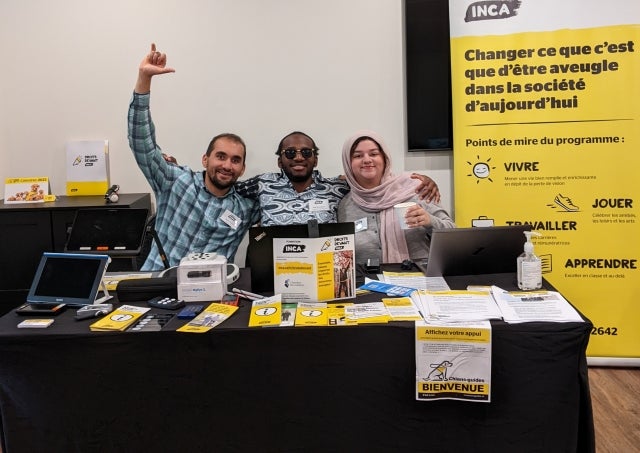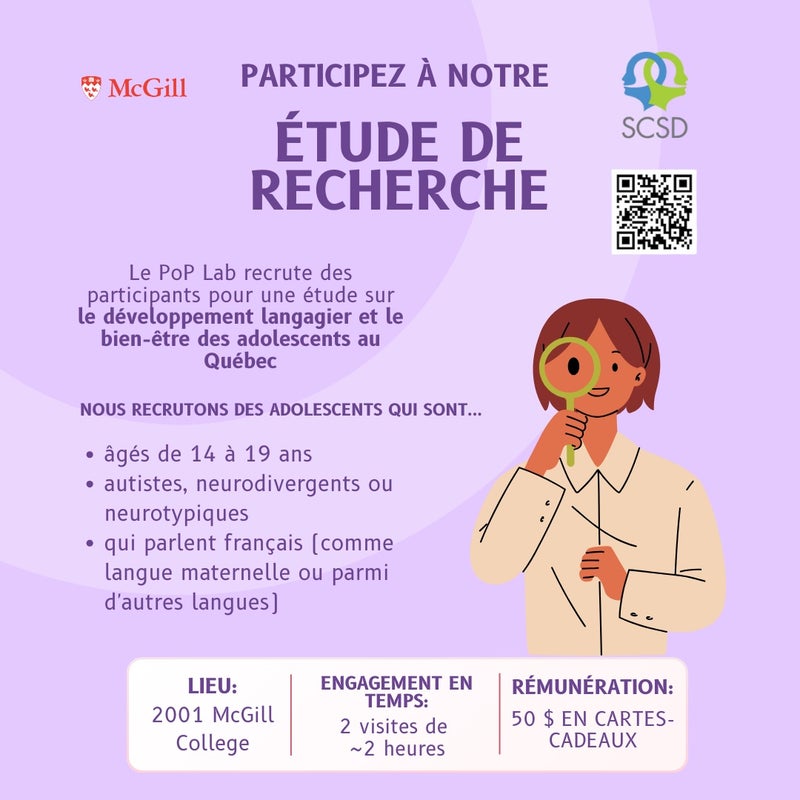An employment program for people who are visually impaired

In 2018, CNIB, previously known as the Canadian National Institute for the Blind, celebrated 100 years of service.
Shortly after, the Come to Work program was introduced as an innovative way to promote employment and empower those impacted by blindness to build meaningful careers.
“Visual loss is not black and white,” said the program lead, Sarah Aziz. “The majority of people who are legally blind do have some vision left.” She believes that everyone deserves equal opportunity, and that those impacted by sight loss still have the potential to be very successful.
Over 1,200 Canadians have joined the program since its inception, including young adults starting their employment journeys and experienced workers seeking out new endeavours. On the employer side, more than 150 companies across the country have partnered up, ranging from private to public, large to small.
Aziz remarked that with technology, people who are blind or visually impaired can still work the vast majority of jobs. “Contrary to popular belief, there [are] actually very few careers that people who are blind or visually impaired cannot do,” she said. She focuses on workshops with the talent pool, eligible to those identifying as a person with sight loss living in Canada.
Aziz also focuses on résumé-building, working with individuals based on their specific situations. When it comes to getting a job, she reinforces the argument that “It often doesn’t have to cost the employer anything extra – it’s all about awareness and making an accessible environment.”
This led Olivier D’Anjou, a Come to Work talent pool member, to find employment at L1 Scientific, a software solutions company. He stated that the program’s workshops and individual sessions helped him with employers and helped him view his visual impairment as a strength rather than a limitation. The company even offered him an extended contract. He urges others who are visually impaired not to be discouraged.
According to Jennifer MacNeil, manager of Talent Pool Cultivation at Come to Work, CNIB, the unemployment rate for Canadians with sight loss is 14.5 percent, three times higher than Canada’s general unemployment rate.
“This program should last for many, many years. More people should know about it,” said D’Anjou.
For information: cometowork.ca and cnib.ca.









